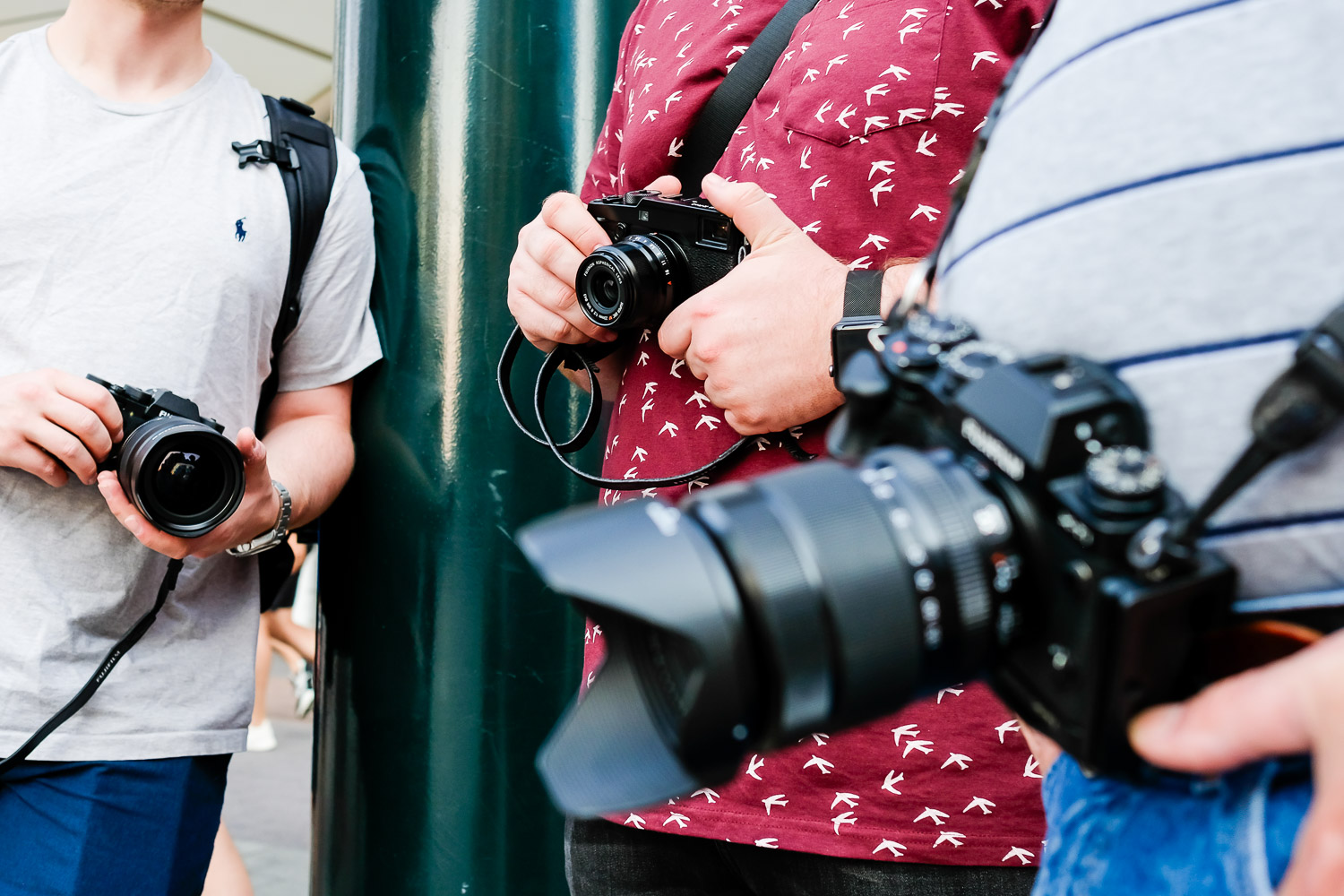Exclusive Guide: How To Use A DSLR Camera For Remarkable Video
Shooting video with a DSLR camera has become incredibly popular among professional photographers. The versatility of a DSLR camera enables you to capture stunning high-quality videos that can make your work stand out. In this exclusive guide, we will uncover the life-changing techniques and provide insights into how to use a DSLR camera for video effectively.

Understanding Your DSLR Camera
The first step in mastering video shooting with your DSLR camera is to understand your equipment. DSLR cameras come equipped with advanced features designed to give you more control over your footage, such as manual exposure, focus, and audio settings. Understanding how to harness these features can significantly improve the quality of your videos.

Setting Up Your DSLR for Video
Manual Settings
Switching from auto mode to manual settings is crucial when shooting video with a DSLR camera. This way, you can have full control over shutter speed, aperture, and ISO to achieve the desired cinematic look. Make sure to keep shutter speed double the frame rate for natural-looking motion.
Pro Tip: Lower ISO levels reduce noise, while a higher aperture setting (lower f-stop) creates a beautiful depth of field.
Stabilization
Shaky footage can be very distracting. Investing in a good tripod or gimbal can be life-changing for achieving smooth and steady shots. Using in-body stabilization or lens stabilization features can also help maintain steady footage.

Audio Recording
Built-in vs. External Microphones
Built-in microphones in DSLR cameras are often inadequate for professional-quality audio. Using external microphones can drastically improve audio clarity. Options include shotgun mics for directional sound or lavalier mics for interviews.

Lighting Techniques
Natural Light
Utilizing natural light can give videos a more authentic look. However, the time of day and weather conditions can greatly affect your shots, so plan accordingly. The golden hour (shortly after sunrise or before sunset) is ideal for shooting video with soft and flattering light.
Artificial Light
When natural light isn't an option, using artificial lighting setups such as softboxes and LED panels can ensure your video subject is well-lit. Understanding three-point lighting (key light, fill light, and backlight) can dramatically enhance the visual appeal of your videos.
Post-Production Tips
Shooting video is only half the battle. Post-production can make or break your final product. Familiarize yourself with video editing software such as Adobe Premiere Pro, Final Cut Pro, or DaVinci Resolve. Focus on color correction, audio syncing, and adding transitions to enhance your footage.
FAQs
What is the best DSLR camera for video?
While there are many excellent DSLRs for video, the Canon EOS 5D Mark IV and Nikon D850 are highly recommended due to their superior video quality and features.
Can I use a DSLR for live streaming?
Yes, many DSLRs are capable of live streaming. For more guidance, check out How to go live on Facebook with DSLR.
How do I reduce noise in low light conditions?
To reduce noise, use a lower ISO setting and ensure you have proper lighting. In post-production, noise reduction tools can also be utilized.
Conclusion
Mastering the art of shooting video with a DSLR camera takes time and practice, but with the right techniques and equipment, you can produce remarkable professional videos. As always, never stop experimenting and continue to push the boundaries of your creativity.
As an Amazon Associate, I earn from qualifying purchases.

